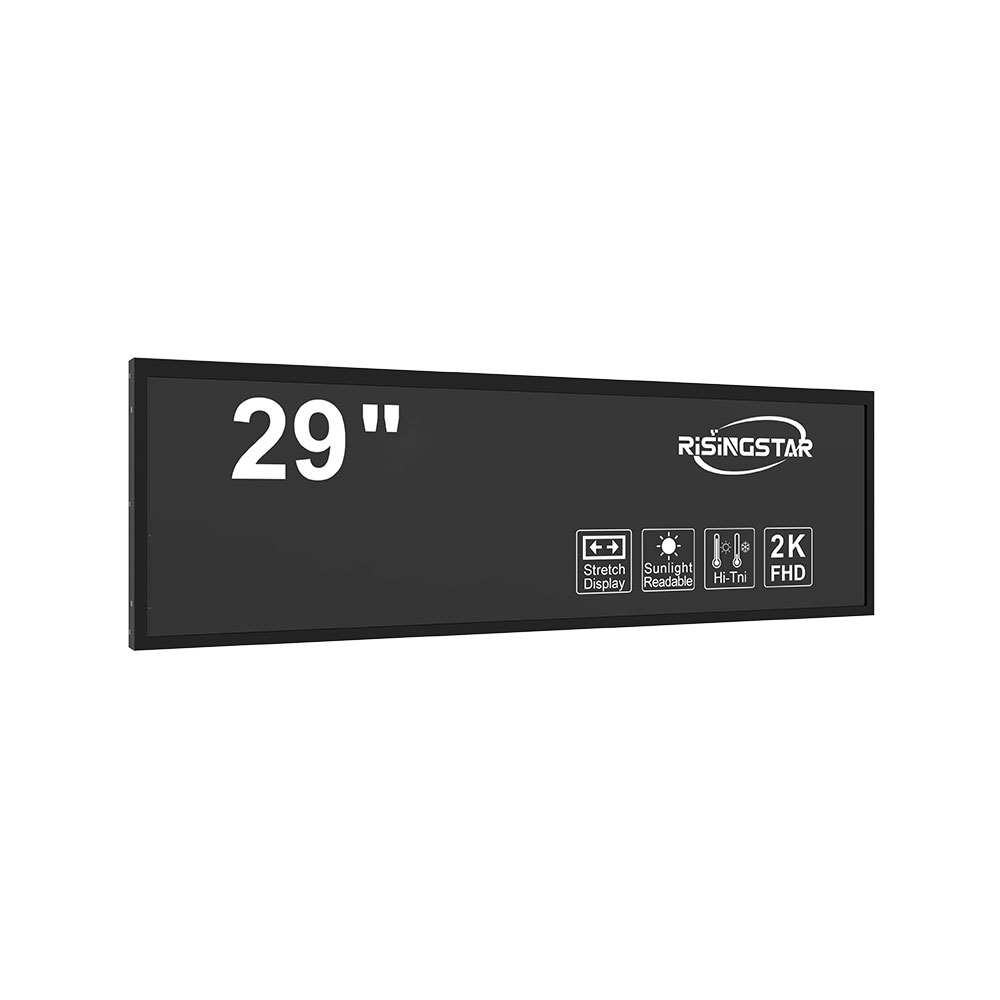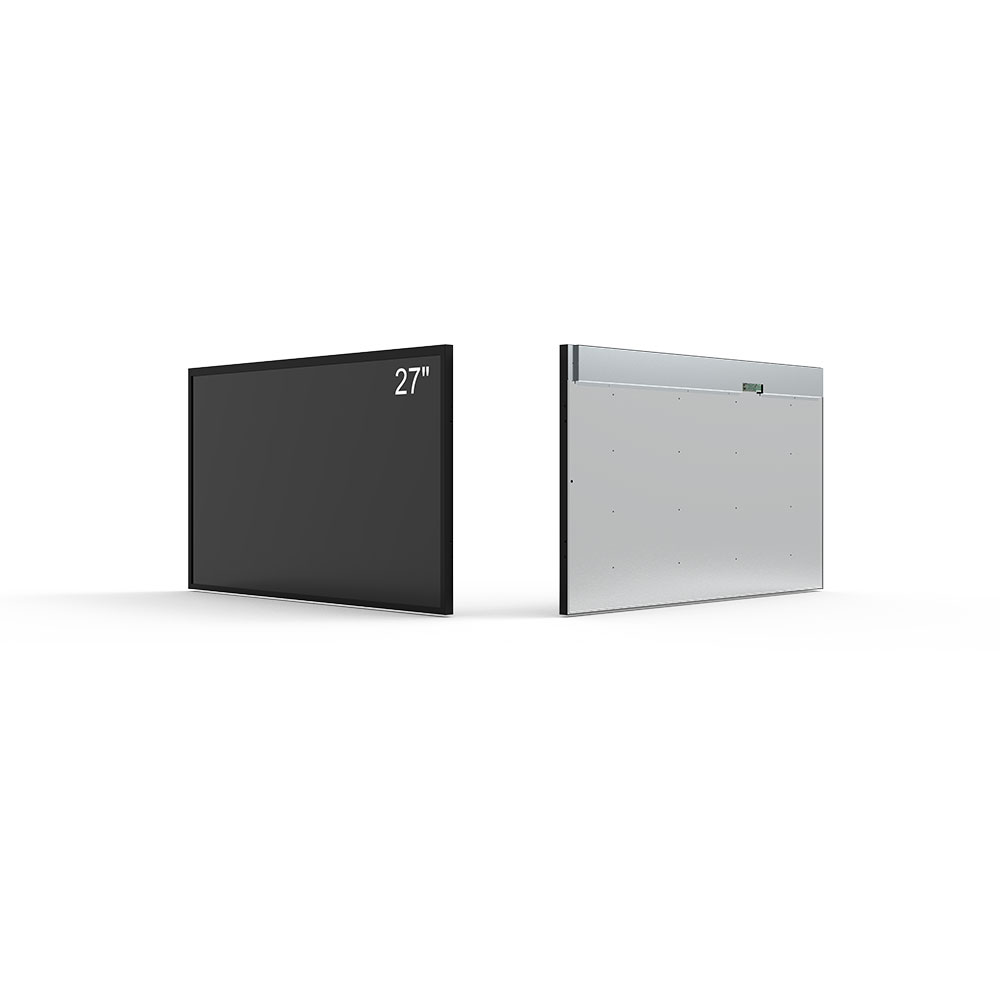- Home
- About Us
- Products
- News
- Video
- Contact
- Send Inquiry
Search
- Home
- About Us
- Products
- News
- Video
- Contact
- Send Inquiry

When selecting an outdoor LCD screen for industrial applications—especially for overseas equipment manufacturers or distributors—it's critical to prioritize brightness, durability, environmental resilience, and long-term cost efficiency. The global outdoor display market is projected to exceed $15 billion by 2030, driven by demand in manufacturing, transportation, energy, and public infrastructure sectors (Statista, 2024). For international buyers, understanding technical specifications such as peak brightness (measured in nits), IP ratings, temperature tolerance, and power consumption ensures optimal performance under harsh conditions.
First, brightness is non-negotiable. Industrial environments often involve direct sunlight exposure, requiring screens with at least 5,000 nits of peak brightness—far beyond standard indoor displays (which typically max out at 1,000–2,000 nits). According to the IEEE Standards Association, high-brightness displays must maintain readability at 100% ambient light intensity. This makes LED-backlit LCDs or OLED variants preferable for outdoor use. Case studies from Siemens and ABB show that 7,000-nit panels reduce glare-related operational errors by up to 68% in mining and construction sites.
Second, environmental protection is key. Look for IP65 or higher ratings to ensure dust and water resistance. UL 1993 and IEC 60068-2 standards define rigorous testing protocols for vibration, humidity, and thermal cycling—critical for equipment used in shipping containers, oil rigs, or cold-chain logistics. In a 2023 field test by Schneider Electric, industrial-grade LCDs with IP67 certification survived 12 months in coastal regions without corrosion or pixel failure, while consumer-grade units failed within 4 months.
Third, consider panel technology. IPS (In-Plane Switching) panels offer superior color accuracy and wide viewing angles (>170°), essential for multi-operator environments. For ultra-low power scenarios—such as solar-powered monitoring stations—use low-power TN or VA panels with adaptive brightness control. Recent innovations like micro-LED backlighting have also reduced energy consumption by 30% compared to traditional CCFL systems (CNET, 2023).

Lastly, reliability metrics matter. MTBF (Mean Time Between Failures) should exceed 50,000 hours for industrial use. Brands like LG Display and Sharp provide warranty extensions (up to 5 years) when paired with certified installation partners—a major advantage for overseas distributors managing supply chains across time zones.

By focusing on these four pillars—brightness, protection, panel tech, and reliability—overseas manufacturers can future-proof their equipment, minimize downtime, and meet global compliance standards such as CE, FCC, and RoHS.